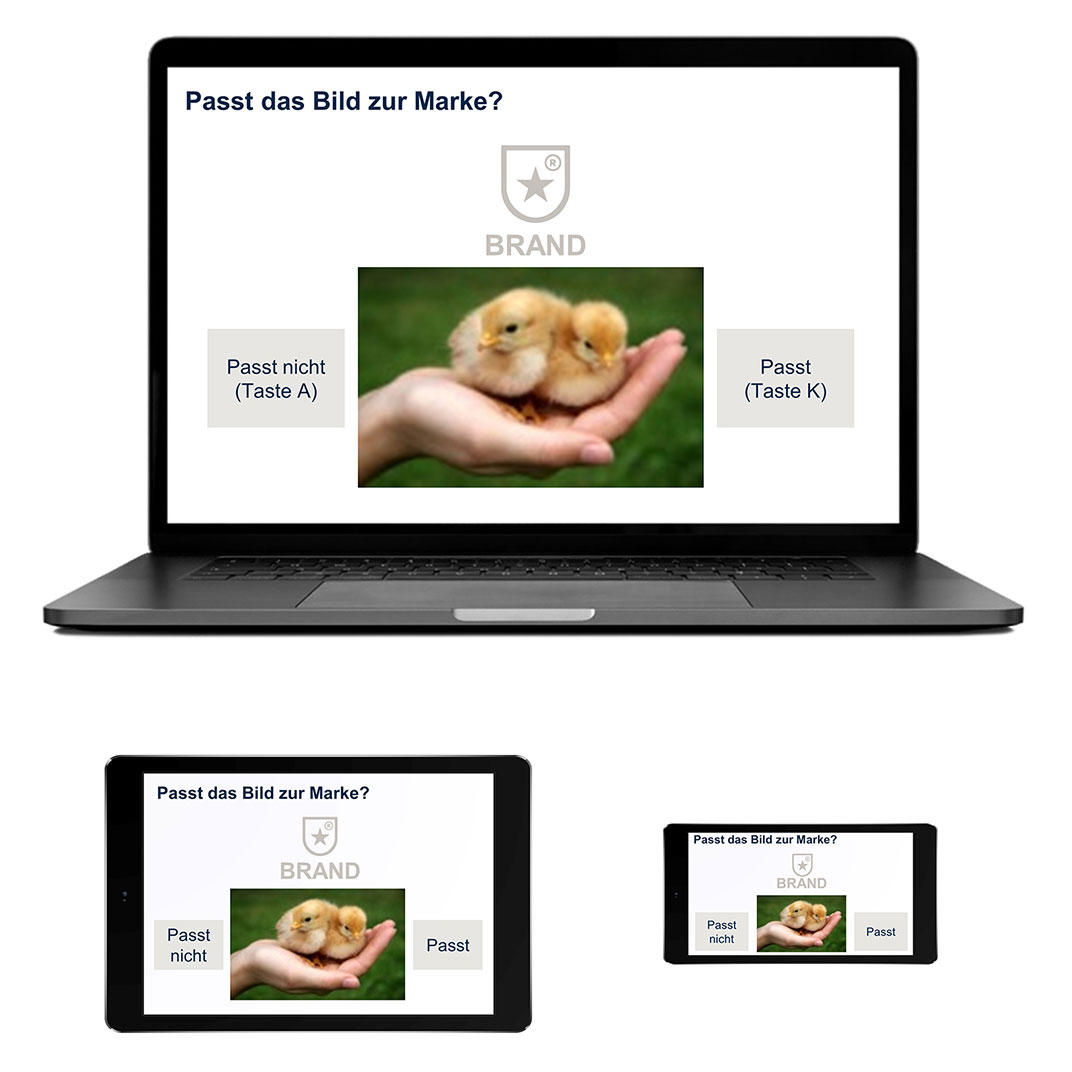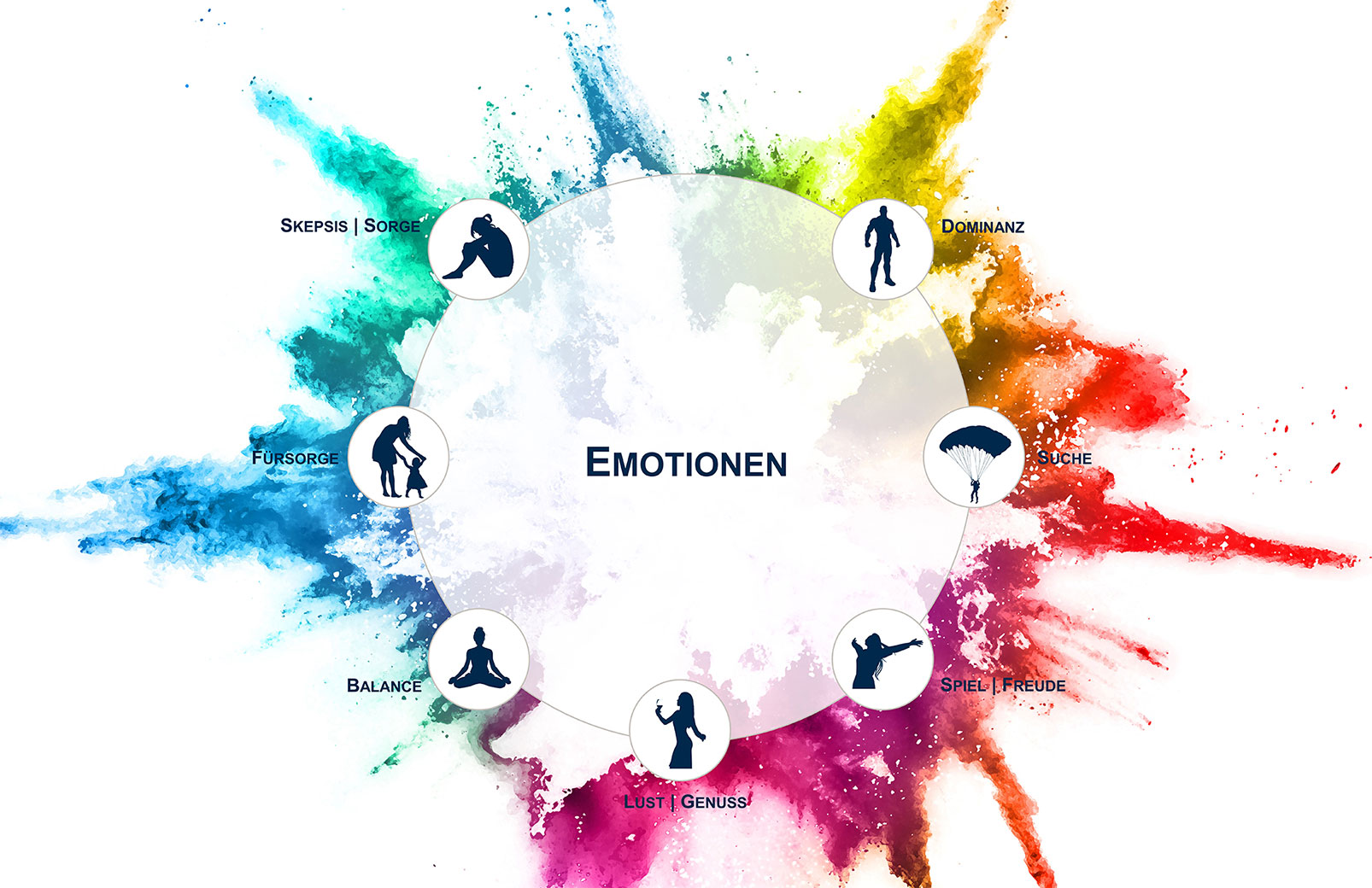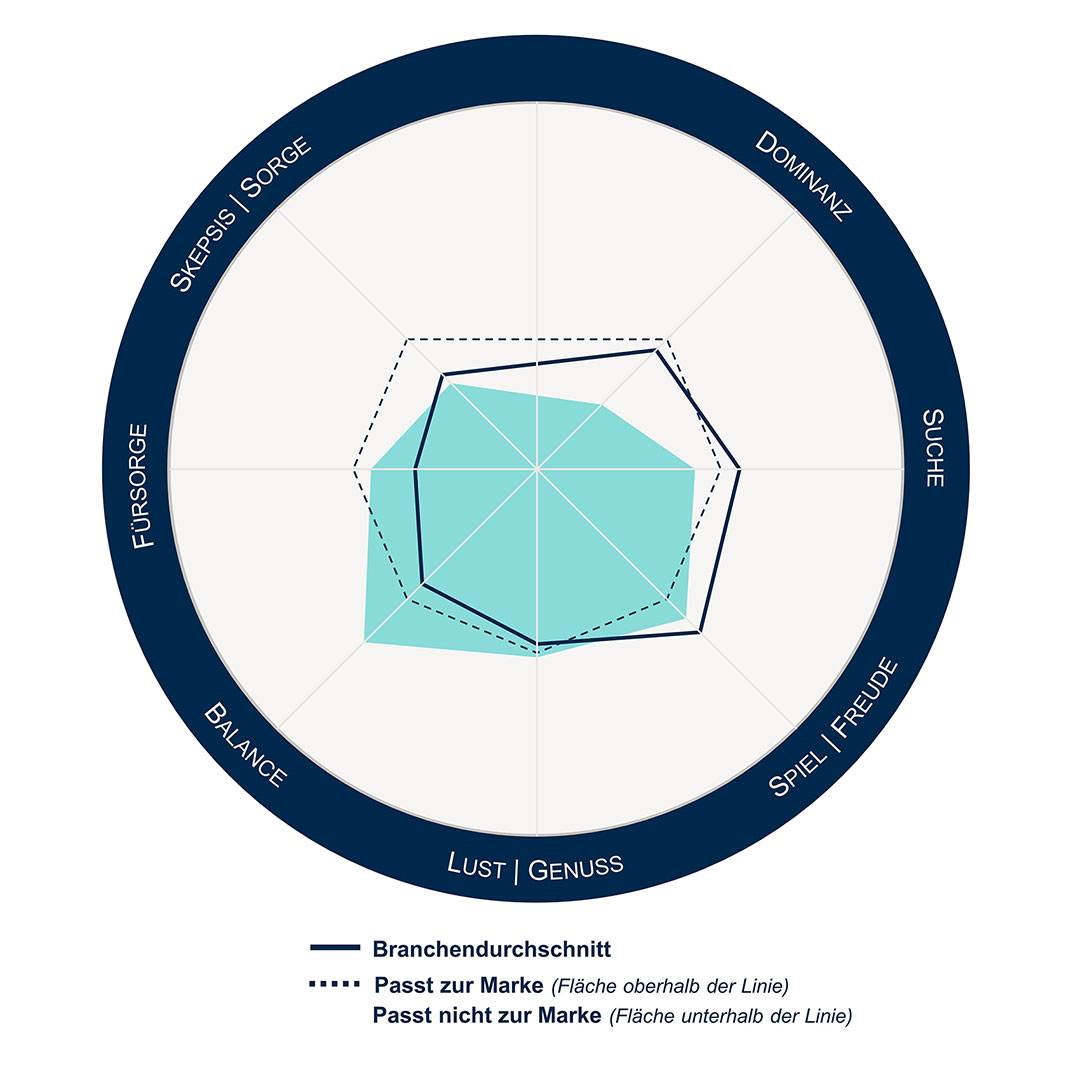Für eine erfolgreiche, kontinuierliche und langfristige Ideen-Generierung, aus der innovative marktfähige Produkte werden sollen, braucht es eine Verankerung im Unternehmen, deutliche personelle Zuständigkeiten, einen definierten Prozess und ein klares Verständnis über den Markt und die Kunden. Walter Freese von Interrogare erklärt, wie dies mit der InnoJourney auf der Grundlage von Design Thinking und mit den Verfahren der Marktforschung gelingen kann.
Der Heizungshersteller Viessmann hat ein effizientes Instrument für eine erfolgreiche B2B-Kundenbindung implementiert. Dies zeigen Jens Adam und Sven Keiner im Rahmen einer Case Study.
Unternehmen leben von ihren Mitarbeitern. Sie sind einer der zentralen Erfolgsfaktoren, erst über sie werden Marktpotenziale und -strategien lebendig. Mitarbeiterbefragungen sind – richtig eingesetzt – daher ein wichtiges strategisches Instrument zur Unternehmensführung und Einbeziehung von Mitarbeitern in die Unternehmensentwicklung. Eine qualifizierte Befragung liefert dabei nicht nur kontinuierliche Kennzahlen zur Zufriedenheit und Bindung sowie zu der Sichtweise der Arbeitnehmer auf das Unternehmen, sie fördert auch eine offene und konstruktive Unternehmenskultur und bindet Mitarbeiter in Verbesserungs- und Optimierungsprozesse ein.
Eine Befragung erfordert viel Zeit und Geduld – manchmal zu viel. Kein Wunder also, wenn potenzielle Probanden nach schlechten Erfahrungen von zukünftigen Teilnahmen absehen. Sören Scholz warnt vor den Konsequenzen und wünscht sich einen sensibleren Umgang mit Befragten.
You can hardly convince a customer with pure product and performance promises – only the brand manages to give the product a special value and differentiate it from others. This added value is created by the targeted emotionalisation of the brand. Therefore, when it comes to purchase decisions, it is usually not cognitively processed, conscious information that is decisive, but rather the unconscious associations that are transported via brand communication and associated with the brand and the product. Successful brand management therefore directly addresses human emotions in order to occupy a concrete, positive emotional position. Emotional branding describes precisely this ability: to link a brand with the emotional motives and desires of consumers, deep in their subconscious.
With the Emotional Branding Monitor (EBM), Interrogare developed an innovative procedure in 2008 that records the unconscious emotional effect of brands and is based on recognised results of medical, neurobiological research. According to this, these seven emotion systems (Fig. 1) form the basis for our human thinking and actions: Dominance, Search, Play/Fun, Pleasure/Erotic, Balance, Care and Scepticism/Care.
Brand knowledge is thus created through unconscious, emotional activation: without cognitive intention, the brand is stored in memory as a neuronal network of connected associations, experiences and impressions and has a lasting influence on brand perception. The Emotional Branding Monitor determines the emotional activation of your brand, provides access to the motivational needs of your target group via the emotion systems and thus concrete insights for your brand management.

Emotion measurement is based on the reaction time measurement that has become known in sociological prejudice research. Instead of using scale-based questions to indicate purely conscious brand perception, the respondent decides within fractions of a second whether images or terms reflecting basal emotions match the brand or not (Fig. 2). The time required for this (in milliseconds) is a very precise indicator of whether the stimulus presented is associated with the brand or not.
Short response times indicate a high emotionalisation of the brand, while long response times suggest that there are no unconscious associations between the brand and the emotional stimulus. Thus, a brand can be precisely located in the space of the emotion systems and the emotionalisation in each individual system can be precisely determined. As a result, the exact emotional profile of the brand is presented (Fig. 3) and thus forms the basis for targeted, successful brand management.
FIELDS OF APPLICATION OF THE METHOD
- Recording implicit emotional impact of brands on the basis of neuroscientific findings
- Investigation of image, brand and product positioning
- Measurement of emotional impact of advertising and brand communication
- Input for campaign creations
- Campaign controlling and impact of different advertising media
ADVANTAGES OF THE METHOD
- Locating one’s own brand and the competitive environment in the basal emotion and motive systems (basis of human thought and action)
- Access to the implicit emotional perceptions of consumers
- Novel measurement using a combination of image terms and a validated image set for mapping to the emotion systems
- The approach addresses many weaknesses of classic scale-based market research and thus offers real added value


